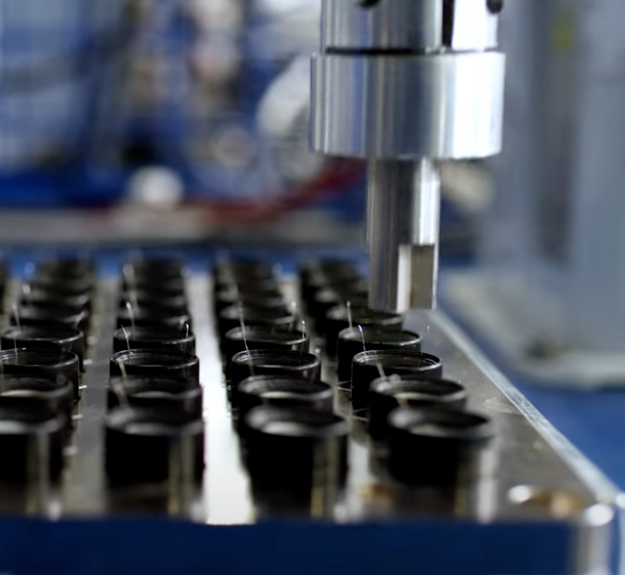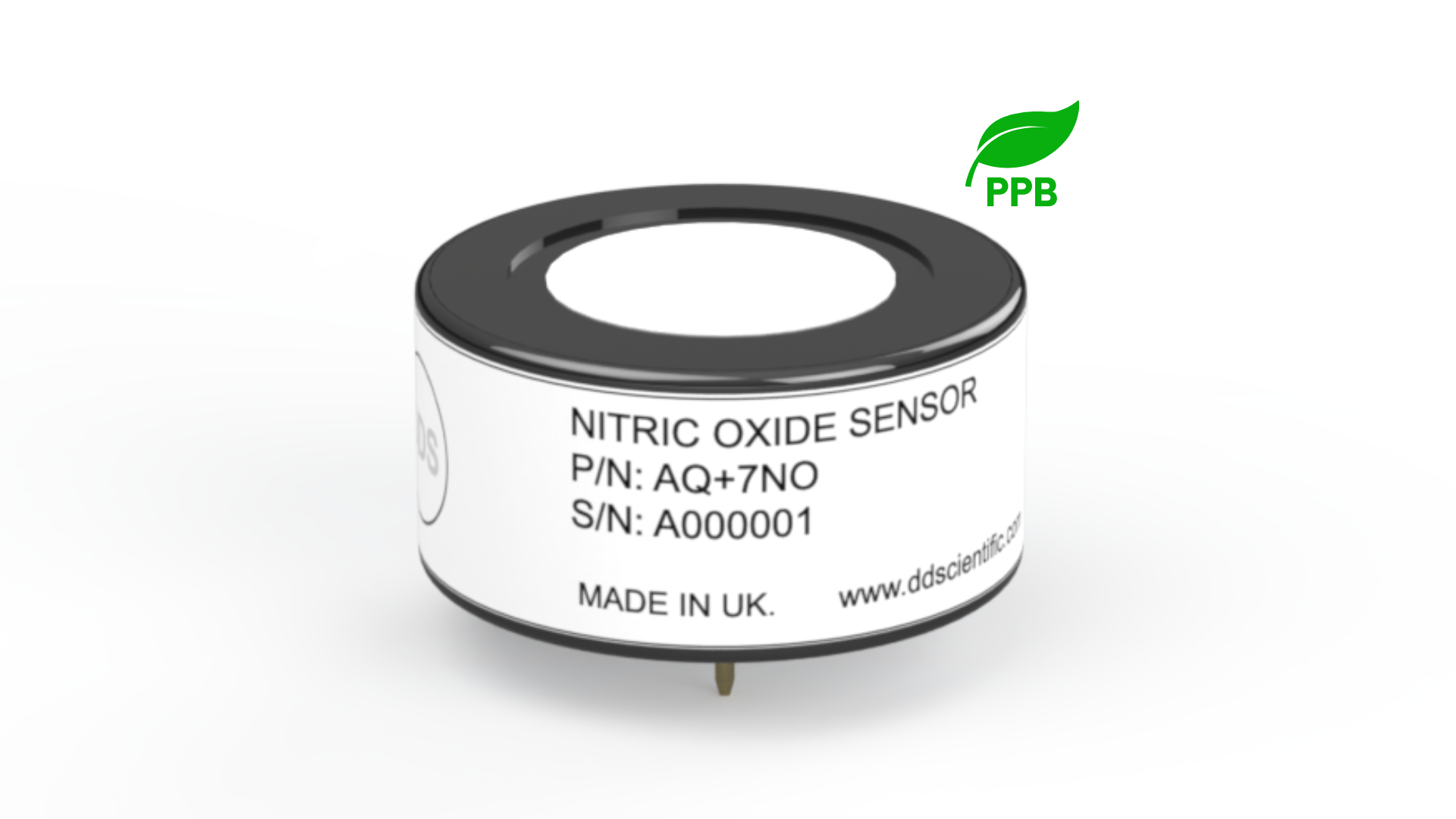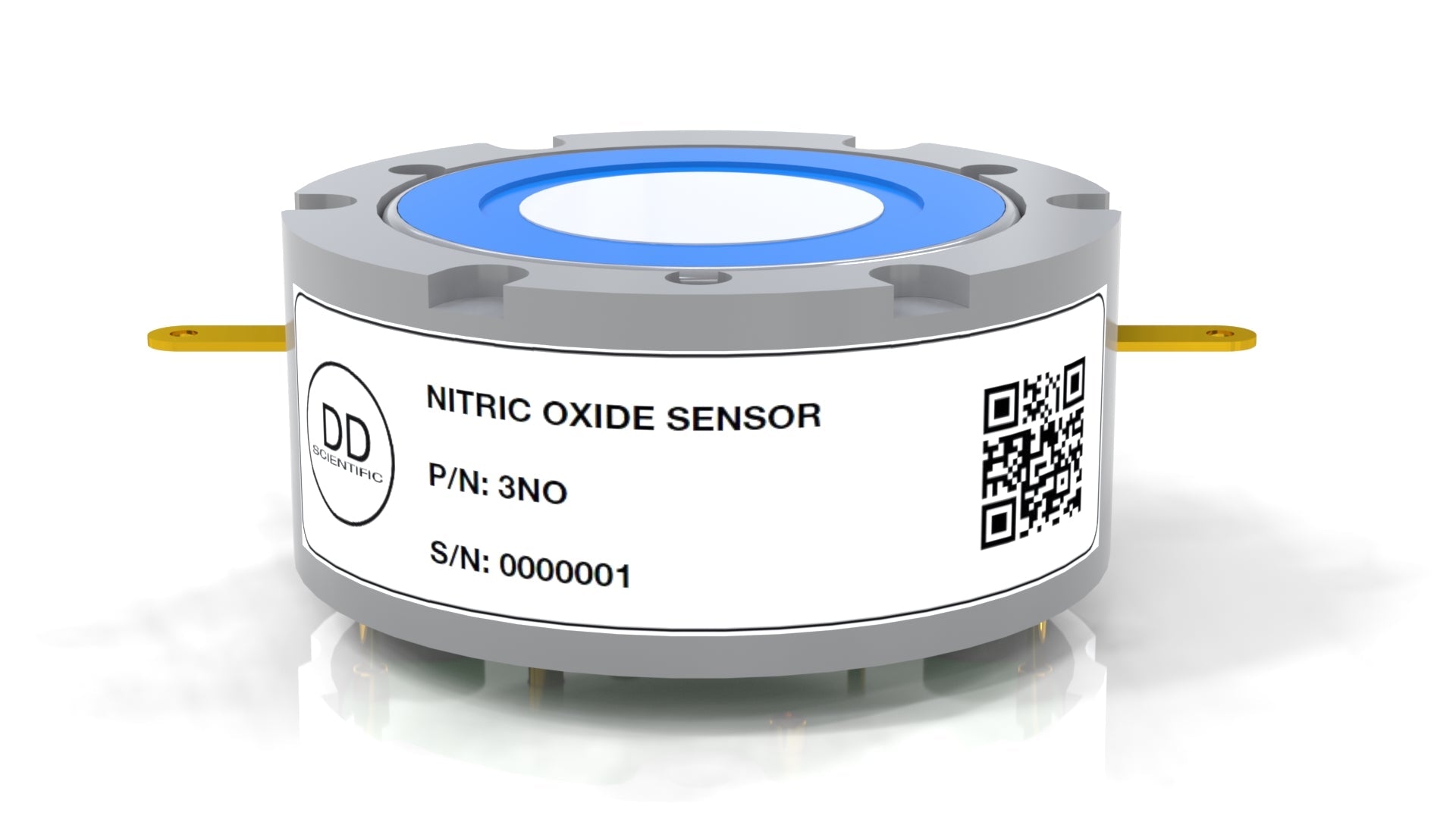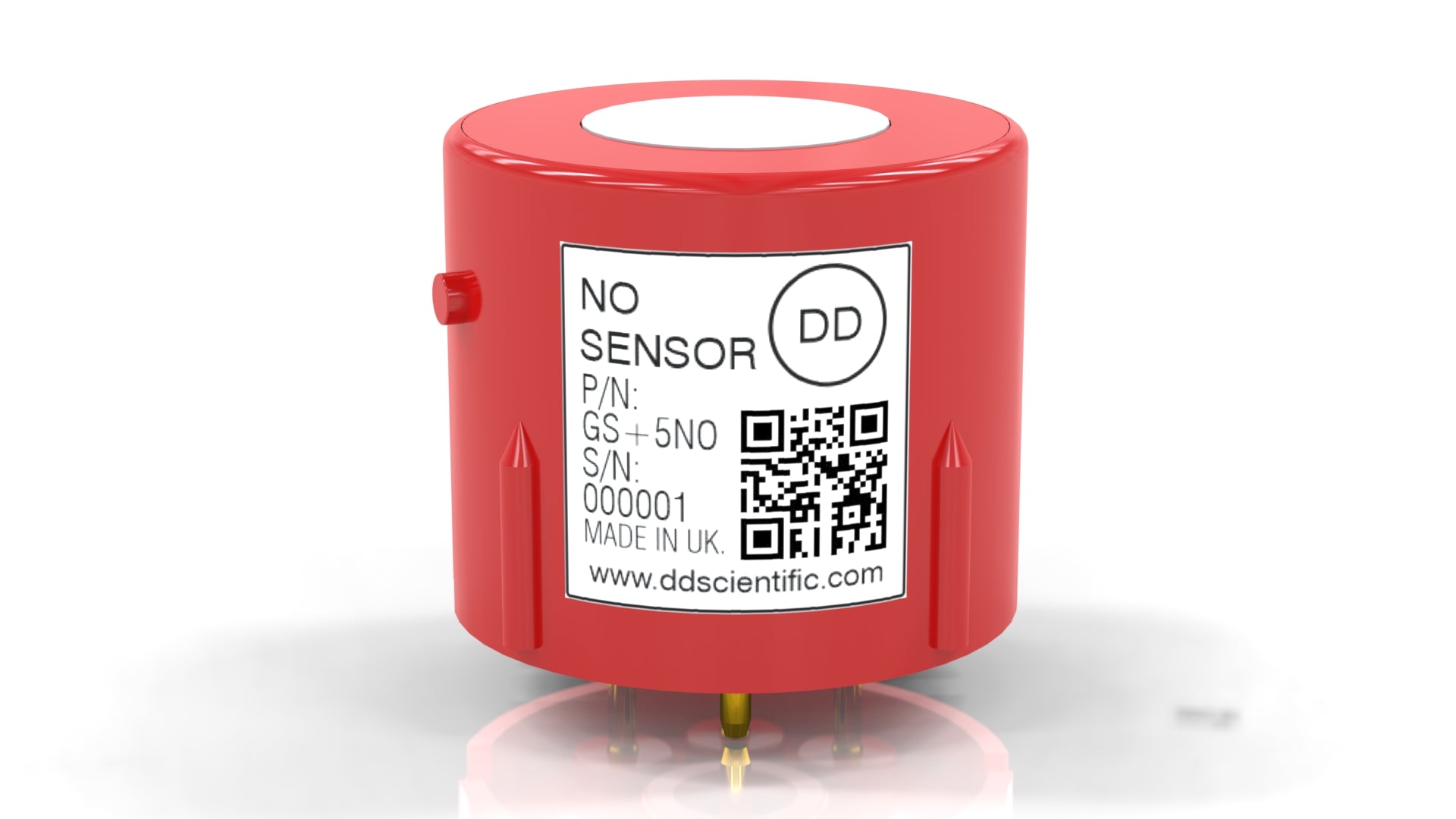What are the potential hazards of Nitric Oxide (NO)?
Inhalation of high concentrations of nitric oxide can cause respiratory irritation, coughing, and shortness of breath. Prolonged exposure to elevated levels of NO may lead to lung damage and pulmonary edema.
Nitric oxide is a precursor to nitrogen dioxide (NO2) and contributes to the formation of ground-level ozone and smog, leading to air pollution and respiratory issues. It can also react with other compounds in the atmosphere to form acid rain, which can harm ecosystems, soil, and water bodies.
Workers in industries such as chemical manufacturing, metal processing, and agriculture may encounter nitric oxide during production processes and require appropriate ventilation and personal protective equipment.

Mitigate risk with DD-Scientific
Understanding the hazards associated with NO is essential for implementing effective control measures to protect both human health and the environment.
Mitigation of NO related risks relies upon fast, precise and reliable detection, features DDS sensors are guaranteed to deliver.
If you can't find the sensor type you are looking for or need help with sensor selection dont hesitate to get in touch.











